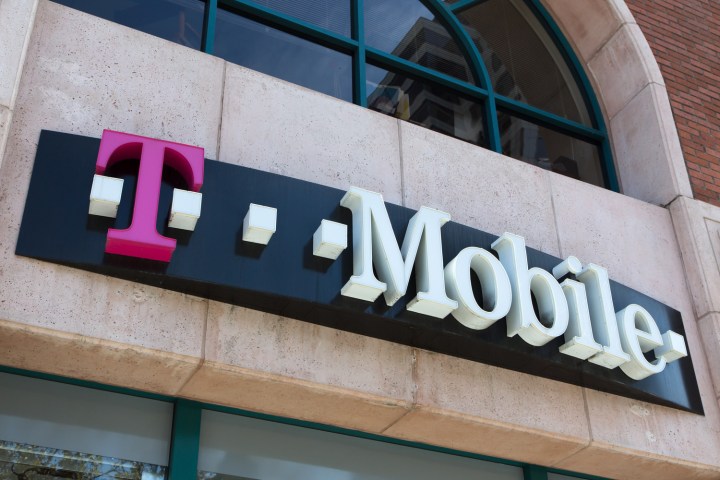
This meant that using your phone or making a call in Canada, Mexico, and the U.S. would be “just like going out of state,” T-Mobile CEO John Legere said at the time. “Go from New York to Canada, or from California to Mexico; it’s just like going from Idaho to Texas, from Georgia to Kentucky.”
Two years on and the Uncarrier has decided to slap a monthly limit of 5GB on LTE data before throttling speeds. Why? “In order to prevent usage beyond the intent of the product,” according to T-Mobile.
The change comes into effect on November 12, 2017, and hits customers on T-Mobile One, One Plus, Simple Choice, and legacy rate plans.
Once you reach the new 5GB limit of high-speed data in Canada and Mexico (or your high-speed data allotment is reached, whichever comes first), connection speeds will be throttled to just 128kbps, or 256kbps for T-Mobile One Plus customers. If that’s a problem, then those on postpaid T-Mobile One plans can also add T-Mobile One Plus International for an extra charge and receive unlimited high-speed LTE in Mexico and Canada, T-Mobile said.
When the new cap kicks in, some customers traveling to Canada and Mexico might want to know how they’re doing with their data. For those on an unlimited high-speed plan, T-Mobile says it’s going to send out alerts when you hit 80 percent and 100 percent of your 5GB data limit. You can also check overall data usage by dialing the short code #WEB# on your device.
The company said that less than than 1 percent of people with Mobile Without Borders travel to Mexico and Canada and use more than 5GB a month, indicating the cap will have little impact on its customers. But for the 1 percent, whether they’re travelers hooked on YouTube or business people relying on the service, it could be problematic.
For more information on the upcoming change and a list of related FAQs, check out T-Mobile’s dedicated webpage on the matter.
Editors' Recommendations
- Have T-Mobile? Your 5G service is about to get much faster
- The T-Mobile Tuesdays app is about to get a big upgrade
- T-Mobile’s huge lead in 5G speeds isn’t going anywhere
- T-Mobile’s 5G is still unmatched — but have speeds plateaued?
- Here’s another big reason why T-Mobile 5G dominates AT&T and Verizon

